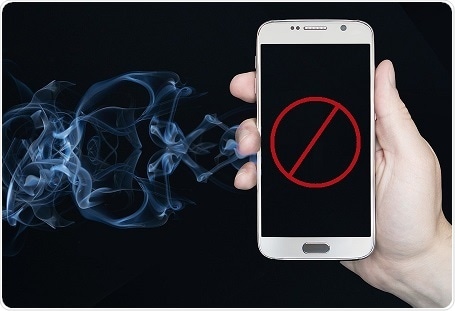
Using mobile phone-based intervention to encourage Chinese smokers to quit the habit
Among smokers receiving a 12-week-long mobile phone-based intervention encouraging them to quit, up to 6.5% of participants stopped smoking by the end of the study, according to a research article published this week in the open-access journal PLOS Medicine by Jinsong Tang of the Second Xiangya Hospital of Central South University in China, and colleagues. As noted by the authors, the so-called “Happy Quit” intervention could have far greater reach and higher feasibility than in-person treatments, so it has great potential to improve population health and should be considered for large-scale use in China.

Credit: geralt, Pixabay
China has the highest global prevalence of cigarette smokers, accounting for more than 40% of the total cigarette consumption in the world. Smoking cessation remains the single most effective strategy for preventing lung cancer and other serious smoking-related health conditions, but the availability of cessation services in China is extremely limited. Because text messaging interventions for quitting smoking have proven cost-effective in other countries, Tang and colleagues tested whether such an approach would work in China. The randomized controlled trial was carried out across 30 cities and provinces in China from August 2016 to May 2017.
A total of 1,369 adult smokers with the intention to quit smoking were recruited and randomly assigned to a 12-week intervention consisting of either high-frequency messaging or low-frequency messaging, or to a control group that received text messages unrelated to quitting. The intervention consisted of text messages that were based on the principles of cognitive behavioral therapy and aimed at improving self-efficacy and behavioral capability for quitting. At the post-trial follow-up 12 weeks later, continuous smoking abstinence was biochemically verified in 6.5% (44/674) of participants in the high-frequency messaging group, 6.0% (17/284) of participants in the low-frequency messaging group, and 1.9% (8/411) of participants in the control group. Although the proportion of smokers quitting was low overall, participants who received high-frequency or low-frequency messaging were significantly more likely to quit smoking than the controls.
Source:





















.png)









No hay comentarios:
Publicar un comentario